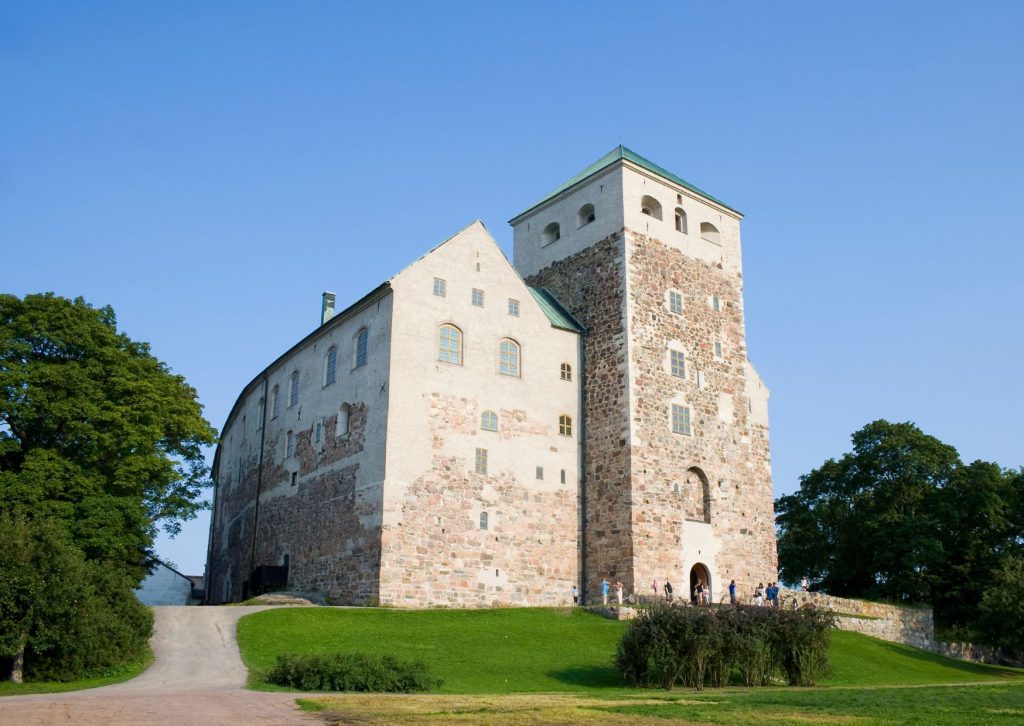From 1150 to 1809, Finland was under Swedish rule, a period that shaped Finland’s social, cultural, and political landscape in lasting ways. This era saw Finland’s integration into Western Europe through Swedish governance, legal systems, and religious influences. For those preparing for the Finnish citizenship test, understanding Sweden’s rule over Finland offers insight into the country’s historical evolution and the roots of Finnish society.
The Beginnings of Swedish Influence: The Crusades (1150s-1293)
Swedish influence in Finland is traditionally said to have begun with the crusades led by Swedish kings and clergy in the 12th and 13th centuries. While the exact dates and details are debated by historians, the purpose of these crusades was to spread Christianity to Finland, which was largely pagan at the time. The First Swedish Crusade, led by King Eric IX (Eric the Saint) and Saint Henry, the Bishop of Uppsala, is one of the most well-known and marked the beginning of Finland’s Christianization and integration into the Swedish kingdom.
Subsequent crusades, particularly the Second (around 1249) and Third Crusades (1293), established Swedish authority further in Finland, as Swedish settlers moved into Finnish territories. During this period, Finland was gradually divided into administrative provinces under Swedish law, and the church established its presence, building parishes and monasteries that would play significant roles in Finnish society.
The Establishment of Swedish Rule and Legal Structures (1300s-1500s)
By the 14th century, Finland was fully incorporated into the Swedish kingdom, and Swedish law was introduced across Finnish territories. This included the establishment of the Swedish legal code, which was a foundational moment in Finland’s legal history, as it introduced structured governance and legal standards. The Svea Rikes Lag, or law of the Swedish realm, served as the governing legal framework in Finland for centuries and influenced the development of Finnish civil and criminal law.
The 14th and 15th centuries also saw the growth of Finnish towns and commerce under Swedish influence. Towns such as Turku (Åbo), established as a major administrative and religious center, became important hubs of trade, education, and governance. Turku Cathedral, completed in the late 13th century, became the seat of the Finnish bishopric and remains a symbol of Finland’s medieval history and Swedish influence.
The Protestant Reformation (1520s-1560s)
In the early 16th century, the Protestant Reformation swept through Europe, reaching Finland through Sweden in the 1520s. King Gustav Vasa of Sweden embraced Lutheranism, making it the official religion of the Swedish kingdom, which included Finland. The Reformation led to significant religious and social changes in Finland, as the Catholic Church’s influence was diminished, monasteries were closed, and church services were conducted in Finnish and Swedish.
Mikael Agricola, the Bishop of Turku and a prominent reformer, played a key role in this religious transformation. Often called the “father of the Finnish written language,” Agricola translated the New Testament into Finnish, making religious texts accessible to Finnish-speaking people and laying the foundation for Finnish literacy and education. The Reformation thus marked a major cultural shift in Finland, promoting Finnish language and literacy alongside religious reform.
Finland’s Role in the Swedish Kingdom (1600s-1700s)
During the 17th century, Finland played an important role within the Swedish Empire, which had become a significant European power. Finnish soldiers were conscripted to serve in Sweden’s wars across Europe, notably during the Thirty Years’ War (1618-1648). Finnish infantry, known as the “Hakkapeliitat,” became renowned for their bravery and were integral to Sweden’s military campaigns.
The administrative structure of Finland was also developed further under Swedish rule. The Great Reduction in the late 1600s, initiated by King Charles XI, aimed to strengthen royal power by reclaiming lands previously given to nobility. This reform impacted Finland’s land ownership structure, emphasizing the importance of agriculture and self-sufficiency within Finnish communities.
The Great Northern War and the Russian Threat (1700-1721)
The Great Northern War (1700-1721) between Sweden and Russia significantly impacted Finland. During the war, Russia occupied Finland for a period known as the Great Wrath (Isoviha). The Russian occupation brought devastation to Finland, with large-scale destruction and suffering. The war ended with the Treaty of Nystad in 1721, which saw Sweden cede significant territory to Russia. Although Finland remained part of Sweden, the war highlighted Finland’s vulnerability to Russian expansion.
The Russo-Swedish Wars and the End of Swedish Rule (1700s-1809)
Throughout the 18th century, Finland was affected by a series of conflicts between Sweden and Russia, as the two empires vied for control in the Baltic region. The Finnish War (1808-1809) ultimately marked the end of Swedish rule. Russia defeated Sweden, and in 1809, Finland was ceded to the Russian Empire under the Treaty of Fredrikshamn, becoming an autonomous Grand Duchy of Finland under Russian rule.
Despite this shift, the centuries of Swedish rule left a lasting legacy on Finnish society, law, and culture. Swedish remained an official language, and the Swedish legal and educational systems continued to shape Finland’s development. The transition to Russian rule was relatively smooth, as Finnish society retained many aspects of its Swedish heritage.
Lasting Influence of Swedish Rule on Finnish Society
Swedish rule left an indelible mark on Finland’s language, legal structure, religion, and culture. Today, Swedish is still one of Finland’s official languages, and Swedish-speaking Finns form an important cultural and linguistic minority. Finland’s legal system and parliamentary traditions also have roots in the Swedish era, as does the educational emphasis on literacy and accessibility.
For those studying for the Finnish citizenship test, understanding the Swedish era highlights Finland’s historical connection to Scandinavia and the foundational role Swedish rule played in shaping Finnish society. The legacy of Swedish governance continues to influence Finnish identity, reflecting Finland’s resilience and adaptation through centuries of change.


